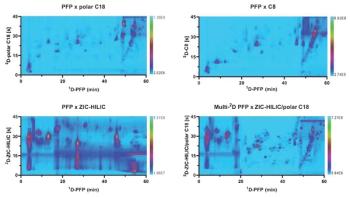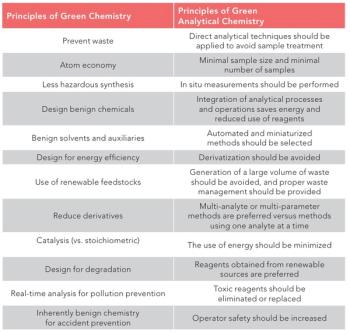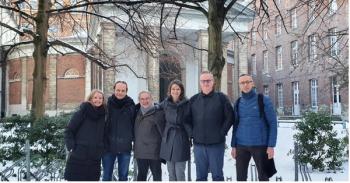
- LCGC Asia Pacific-06-01-2011
- Volume 14
- Issue 2
Base Hydrolysis and Accelerated Solvent Extraction (ASE): Determination of Total Fat from Dairy Products
Dionex Application Note
This application note demonstrates the extraction of total fat from sour cream, cream cheese, coffee creamer, heavy whipping cream and low fat milk using an ASE 350 technique developed by Dionex and compares results to the traditional Mojonnier technique. The resulting extracts were derivatized and analysed by GC–MS according to AOAC Official Method 996.06.
Introduction
This application note demonstrates ASE can quickly be used to extract dairy products following base hydrolysis. Current methods for determining fat in dairy products are adequate, but have several drawbacks: they are very labour intensive and time consuming, and they consume large amounts of expensive solvents. Dairy products present a set of complex matrices. Pretreatment steps are required to denature the casein, allowing greater exposure of the fat to the extraction solvent. For example, a cheese sample must be treated in a multiple-step process even before the solvent extraction can be carried out. The entire manual extraction process usually requires 2–3 h and more than 100 mL of solvent per sample (AOAC Official Method 933.05). Although standard fat extraction methods — such as the Roese-Gottlieb, Gerber, Babcock and Mojonnier methods — give satisfactory results, they are time consuming and labour intensive.
Table 1: Comparison of extraction results for dairy products using ASE and Mojonnier methods.
Experimental Conditions
Sample Preparation:
Dairy samples were prepared by first performing a base hydrolysis according to AOAC Official Method 996.06 section G. The sample mixture was then mixed with 25 g of ASE Prep CR H+ and 15 g of ground ASE Prep DE. This sample mixture is then added to a 100 mL Dionium extraction cell containing an additional 5 g ASE Prep CR H+ . The extraction cell is placed onto the ASE instrument and extracted using the following method:
ASE Conditions:
Cell size: 100 mL
Cell type: Dionium
Pressure: 1500 psi
Temperature: 100 °C
Solvent: Hexane
Static time: 5 min
Static cycles: 3
Flush: 60%
Purge: 150 sec
Results
The extracts were evaporated to dryness for gravimetric fat determination and the remaining fat was estrified for FAME analysis using AOAC Official Method 996.06 section G and were analysed using GC–MS.
Conclusions
Combined with base hydrolysis, ASE yields equivalent results for determination of lipids from dairy products, when compared to more time-consuming extraction techniques such as the Mojonnier method.
ASE is a registered trademark and Dionium is a trademark of Dionex Corporation.
Dionex Corporation
1228 Titan Way, PO Box 3603, Sunnyvale, California 94088, USA
tel. (408) 737-0700 fax (408) 730-9403
Website:
Articles in this issue
over 14 years ago
Direct Determination of 2-Ethylhexanoic Acid in Clavulanateover 14 years ago
GPC/SEC–MALLS Analysis of Hyaluronic Acidover 14 years ago
Analysing Inorganic Disinfection By-products by Ion Chromatographyover 14 years ago
Determination of Free and Total Glycerol in Biodieselover 14 years ago
Valves for Gas Chromatography: The FundamentalsNewsletter
Join the global community of analytical scientists who trust LCGC for insights on the latest techniques, trends, and expert solutions in chromatography.




